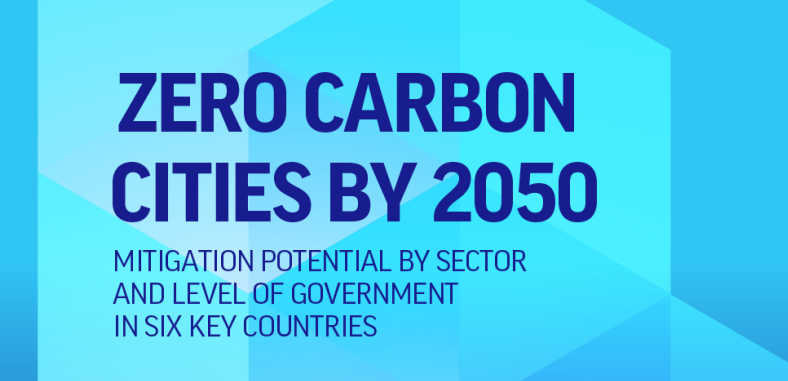This short report summarises the results of a detailed study undertaken by the Stockholm Environment Institute for the Coalition for Urban Transitions, in partnership with the Global Covenant of Mayors for Climate and Energy. It provides an understanding of urban GHG abatement potential and the powers to deliver this by different tiers of government for six key countries: Brazil, China, India, Indonesia, Mexico, South Africa.
The results of this study can inform the development of national low-carbon urban development strategies, including national enabling frameworks for city action in the countries covered. They can also be used by proactive cities and countries moving forward with ambitious climate policies, helping pinpoint where action is most needed as well as where experimentation might best contribute to national efforts.
The cross-pollination of such efforts, both vertically and horizontally, will be essential for fully realizing the goals of the Paris Agreement.
More particularly, the powers analysis outlined for each of these countries sets out the level of government (national, local or shared) that has primary authority or influence over the modelled abatement potential. It is important to note that only a few expert interviews were conducted to produce this analysis. Results should be therefore considered as illustrative.
